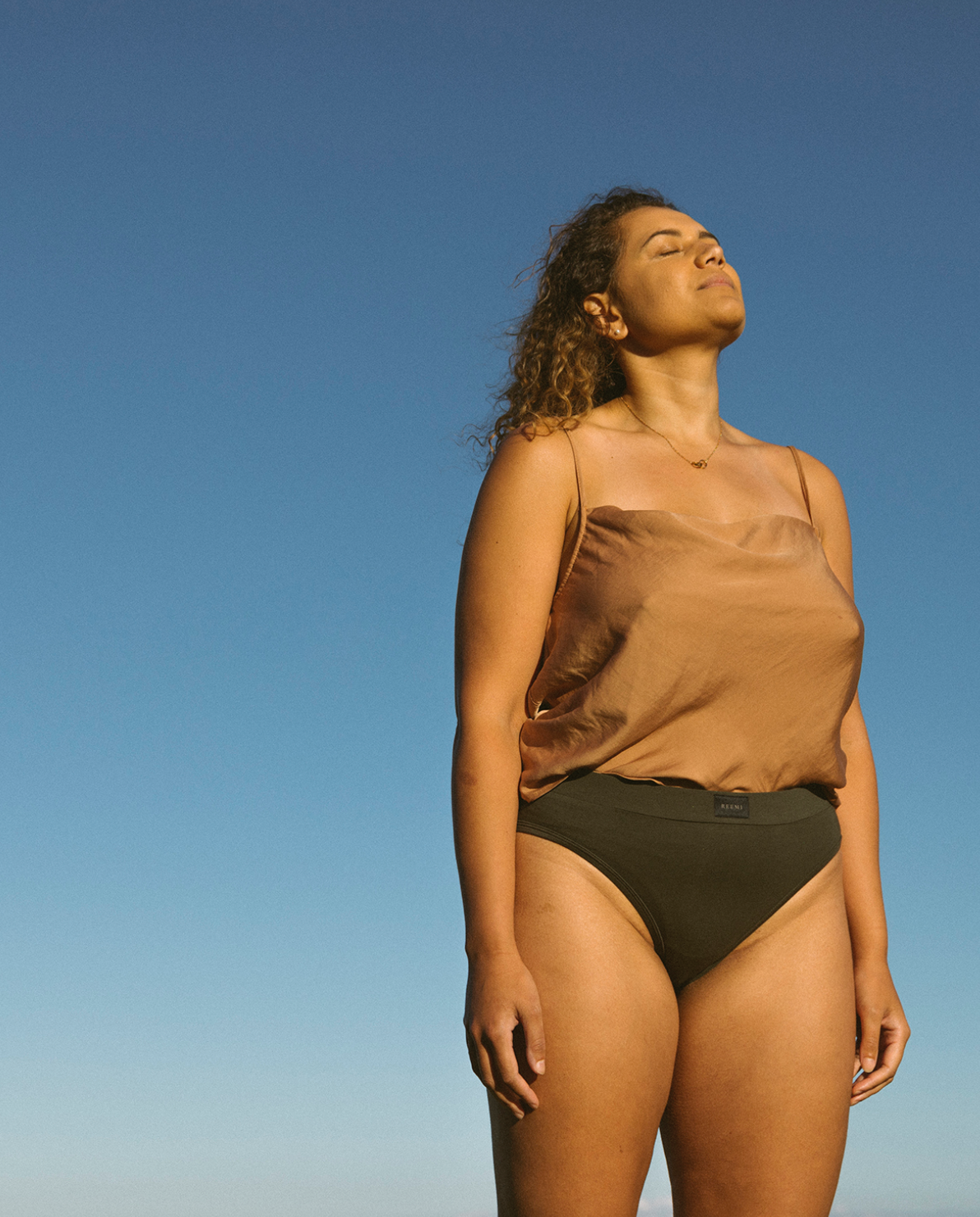
Why Period Underwear?
Share
We’ve been dealing with them discreetly and shamefully for a long, long time; makeshift pads made of rags, tampons formed from paper, wool, roots and grasses, awkward 1850’s sanitary aprons and menstrual belts as well as medieval beliefs of potent toxins in menstrual blood and the uncleanliness of this time of the month. Even the first commercially available pad in the late 1890s was a flop because menstruation was still such a taboo topic, hence the issue of marketing such a product. In fact, when the first pads did appear in mainstream department stores, customers took a box of pads and left a nickel on the store counter for discretion.
By the 1930s the modern tampon was invented with an applicator, meaning we could insert tampons without touching our vaginas or menstrual blood (as vaginas were seen to be culturally and religiously taboo, especially menstrual blood). However these were only advertised to married women because of the common belief that you could lose your virginal status by inserting a tampon. It should come as no surprise then, that many cultures around the world have a lot of hesitation with inserted menstrual products, even today.
It took until 1985 (nearly 40 years ago) for the word period to be said in a commercial on TV. We’ve thankfully come some way from this, but, as history shows, it's not surprising the shame and embarrassment we still face today discussing this beautifully complex bodily function of ours. The 2000s were when menstrual cups became a little more mainstream due to a combination of factors such as cups being a sustainable reusable solution, cost-savings on disposables and having the ability to change less frequently, ie depending on your flow a menstrual cup can hold 2-3x that of a tampon/pad and can be left in for up to 12 hours.
The environmental impact of disposables wasn’t really discussed, and we can’t blame anyone; we first of all needed to get comfortable with our own bodies’ natural processes and find practical, safe solutions but now it’s time we started considering the load on planet earth of our disposable menstrual products.
It is estimated that in America alone, in just one year, 5.8 billion tampons are bought. A single menstruator will use between 5-15,000 pads and tampons over the course of their life, with the vast majority of these ending up in landfill as plastic waste. The reality is that in 500-800 years synthetic tampons and pads that we’ve used will still be in the environment breaking down.
So why period underwear? Like cups, they’re reusable, sustainable, but they’re also non-invasive and a leak-proof solution that you can change less regularly. They look like regular underwear but on the inside there are multiple layers made of absorbent fabrics and a leak-proof layer to prevent leaks. A single pair can hold up to several tampons worth of blood. Unlike pads and tampons they can be machine-washed and are reusable cycle after cycle. They can be worn with a menstrual cup on heavier days to prevent any unnecessary leaks, they're perfect for wearing to bed to reduce anxiety around blood stains on your bed sheets or underwear (I’m sure we’ve all had these moments!), and great on their own for lighter days towards the end of your flow or when you’re just about to get your period. If you have an irregular cycle and sometimes your period just comes out of nowhere, having these babies on you is a life changer. For us period underwear is a real winner on all of these fronts.

